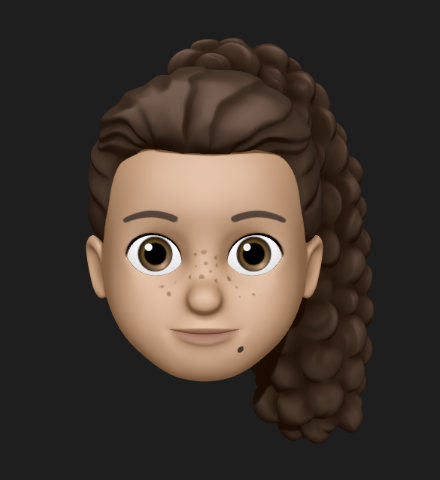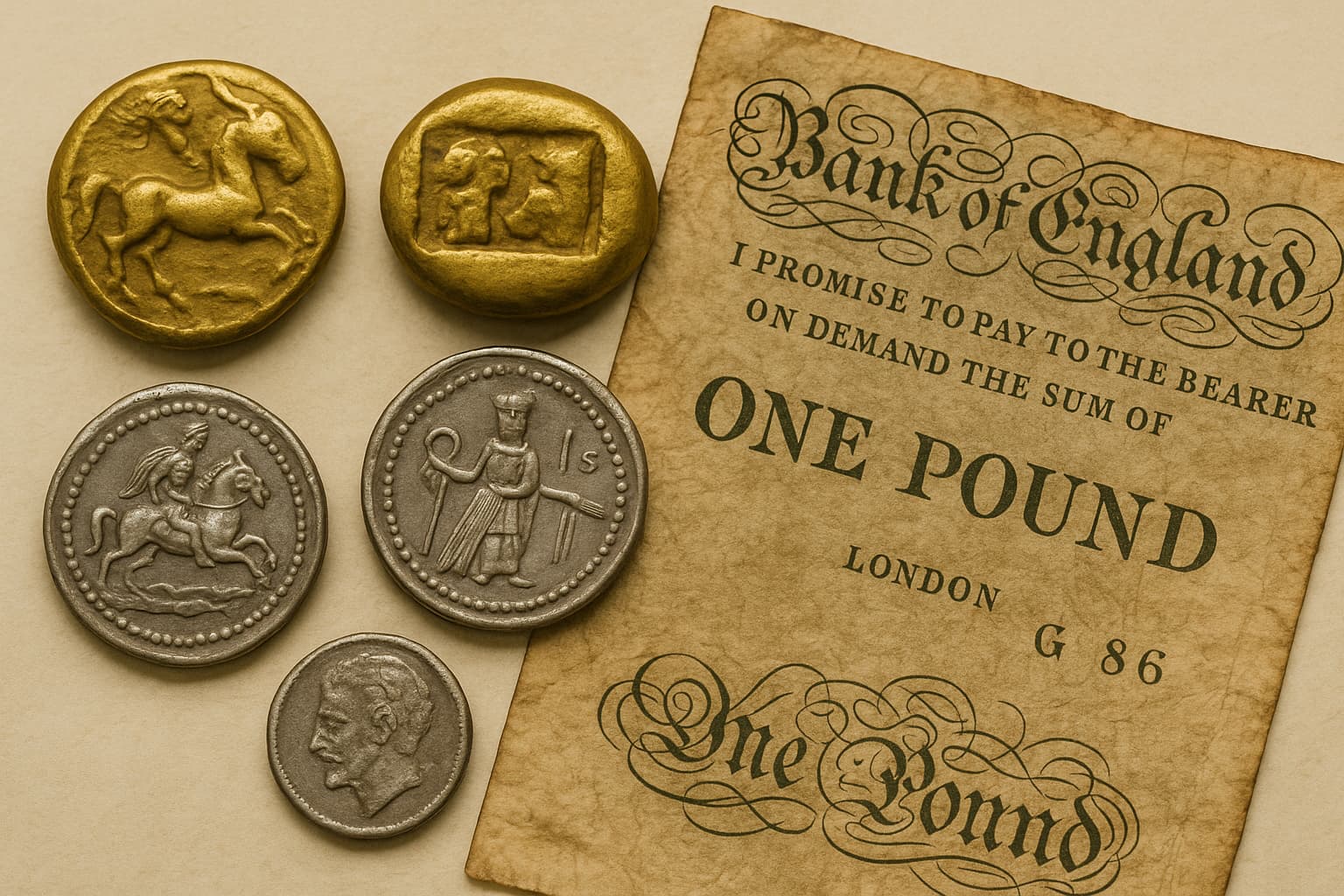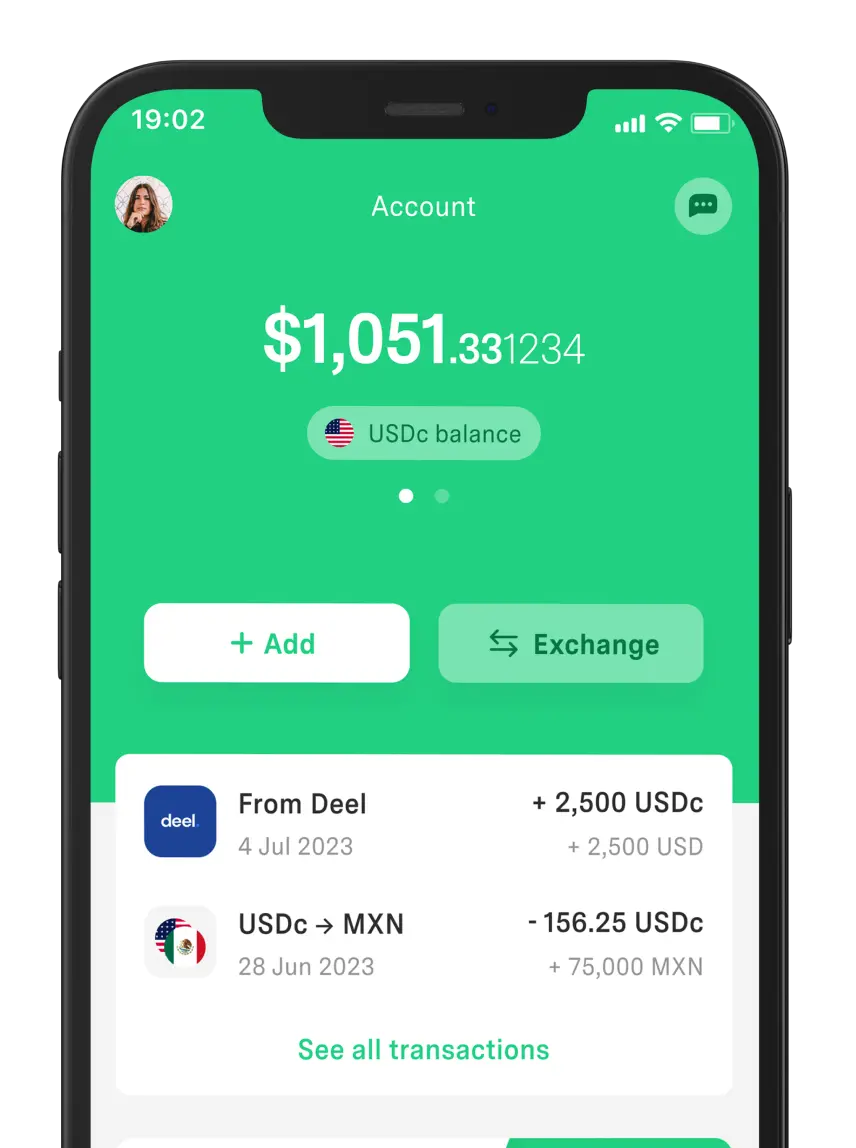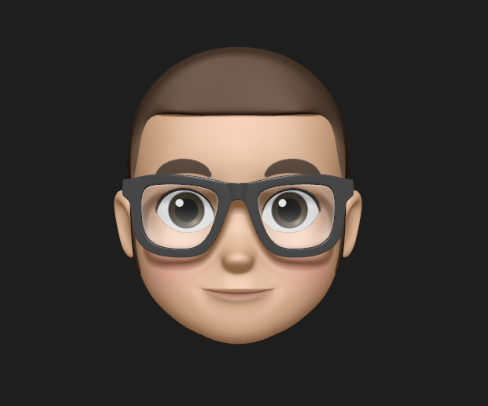 Your Money
Your Money What Are Personal Finance and How to Manage It
Your personal finances summarize your relationship with money. Discover why they matter and what to do to start managing them well.



Centuries ago, bartering was a means of payment for goods and services. However, its limitations made it impractical for economic growth, until the appearance of the first coins.
A fairer system that completely changed that dynamic, transforming the economies of many regions.
That's why we're going to tell you about the oldest currency in the world and how it came about. You'll also discover ancient forms of money and which currencies are still in circulation today.
The oldest coin in the world is the Lion of Lydia. It was minted in electrum (an alloy of gold and silver) around 600 BC in the kingdom of Lydia (modern-day Turkey).
The Lion of Lydia laid the foundations for the monetary system we know today. However, there are two fundamental milestones in the history of currency:
The first “Leones de Lidia” coins that began to circulate were made of electro, a natural compound of gold and silver. In addition, they had an image of a lion engraved on their surface, which was associated with authority and royal power.
These coins gradually replaced bartering and other methods of exchange, marking the beginning of coinage as an accepted means of payment.
Some time later, Lydia perfected its system with the issuance of pure gold and pure silver coins under King Croesus (560–546 BC). These coins were known as croeseids and gave rise to the first standardized bimetallic system.
This made the monetary system far more stable and trustworthy.
Before today’s currencies in Mexico, the USA, India, or elsewhere, civilizations used different systems of exchange.
Some examples include:
During the Zhou dynasty and the Warring States period, cowrie shells were used as a medium of exchange. Over time, metal pieces were introduced with shapes that mimicked farming tools—among them, the well-known spade and knife money.
These objects circulated as primitive money until they were replaced by round coins with a square hole.
In ancient India, punch-marked coins emerged—pieces that circulated from the 6th century BC and were made of silver with stamped symbols.
Punch-marked coins marked a milestone in the history of currencies Asian and are considered precursors to the rupee, which consolidated a durable monetary system that serves as a model for many Asian economies.
In the 3rd millennium BC, the shekel began as a unit of weight for silver in Mesopotamia. However, it went on to become one of the earliest forms of standardized money, facilitating trade among city-states.
Meanwhile, in Africa the first coinage arrived in the 3rd century AD, during the Kingdom of Aksum—a system that cemented the role currencies of Africa in regional and international trade.
The oldest coin in the world stopped circulating many years ago. However, others still function to this day, including:
It is the oldest currency still in use today and the most widely recognized worldwide. The origin of the pound sterling dates back to 775 AD, and its name is linked to the pound of silver.
Currently, it remains among the most valuable currencies in the world.
This currency appeared in 1214, under the reign of Stefan Nemanjić. Although it has faced numerous political and economic changes, it has endured, remaining Serbia’s official currency today.
The US dollar was officially adopted in 1792 with the Coinage Act. Its expansion from the 20th century onward cemented it as the world’s preeminent reserve currency. It is also one of the most influential currencies on the planet.
The Swiss franc, one of the most stable and respected currencies internationally, was issued in 1850. Although not as old, it is a benchmark among historic currencies that are still in circulation.
Fun fact: its 10-centime coin has kept the same design and composition since 1879.
Each of these currencies preserves years—and even centuries—of continuity. Perhaps most striking of all, some boast the prestige of being among the world’s strongest and most recognized.
The following comparison highlights the earliest recorded coins alongside those that have left a mark for their continuity or influence:
Era | Currency | Historical and Present Relevance |
~600 BC | Lydian Lion (electrum) | First minted coin in history |
AD 775 | Pound sterling | Oldest currency in continuous circulation |
AD 1214 | Serbian dinar | Second-longest-lived currency still in use |
1792 | United States dollar | Most influential currency in the global economy |
1879 – present | Swiss 10 centimes | Oldest current coin design still in use |
Throughout history, coins have helped shape the global economy—from the cheapest currency to the strongest. Every civilization contributes something unique, reflecting how the value of money can evolve over time and according to each society’s needs.
Money has adapted to different realities, as reflected from the oldest coin in the world to those still in circulation. These pieces are not only a means of payment; they also represent power, culture, and identity. And of course, they’re key to each country’s economy.
However, in many Latin American countries, currencies experience constant ups and downs—so we suggest trying DolarApp.
We offer digital accounts that give you access to two globally recognized currencies—the dollar and the euro—in digital form. Our app lets you both send and receive USDc and EURc, whether you’re in Mexico, Colombia, Argentina, or Brazil.
It’s a unit of value used as a means of payment, typically made of metal and issued by an authority. But it shouldn’t be confused with money in general, which also includes barter or fiat money.
No. The world’s first coin was the Lydian Lion, in Turkey, around 600 BC. The pound sterling is the oldest currency still circulating since AD 775.
Yes. Among the most notable are the Serbian dinar, introduced in 1214; the US dollar in 1792; and the Swiss franc created in 1850. These three have maintained continuity despite political and economic changes over the years.
Sources:

The world has borders. Your finances don’t have to.
 Your Money
Your Money Your personal finances summarize your relationship with money. Discover why they matter and what to do to start managing them well.

 Your Money
Your Money European currencies go beyond the euro, as not all countries use it. Here’s the complete list of currencies by country.

 Your Money
Your Money In this post, we'll teach you how to convert your gross salary to net salary in Mexico so you know how much you really earn from your work.


